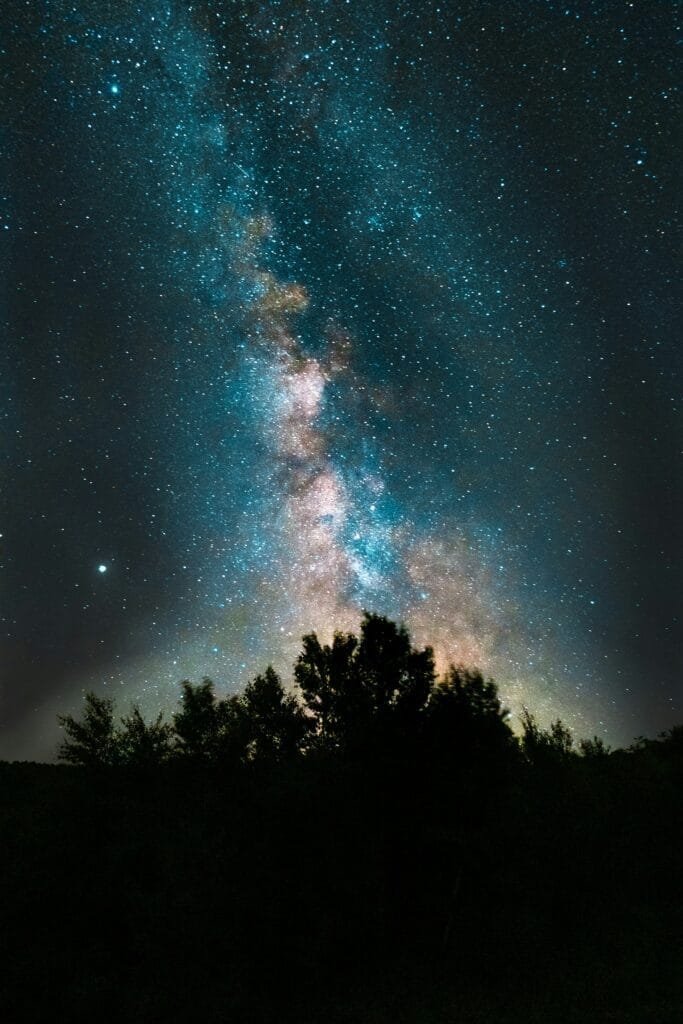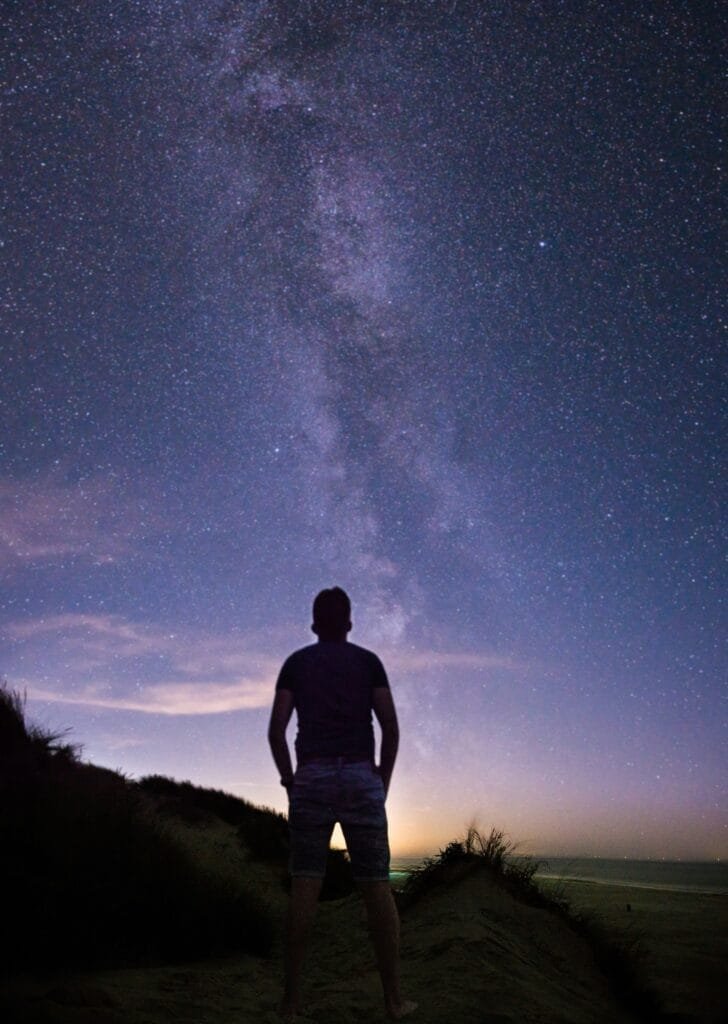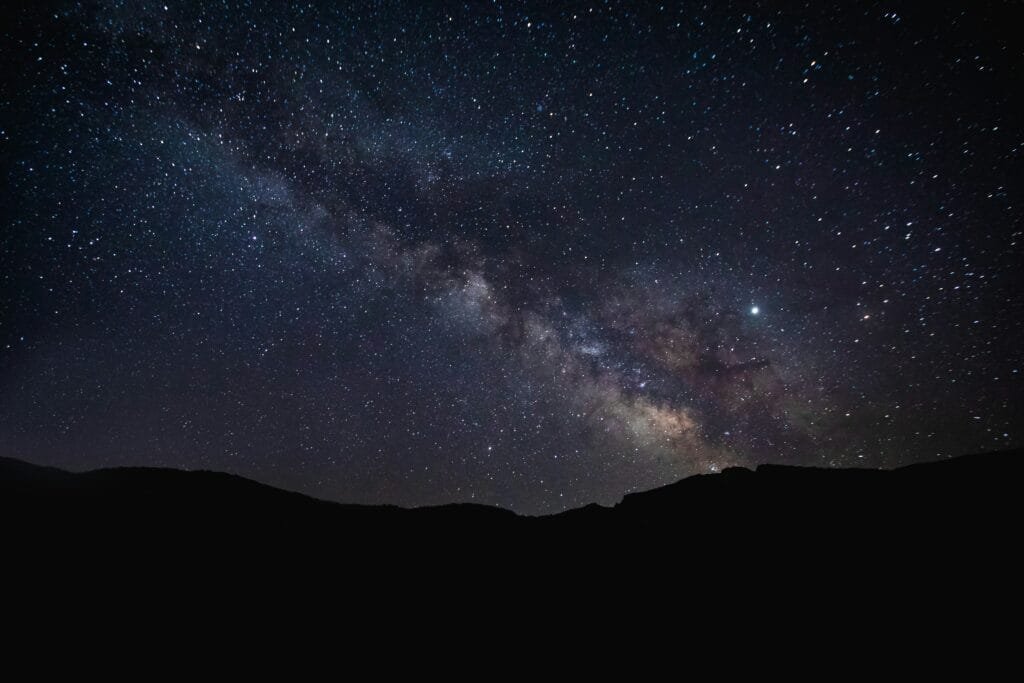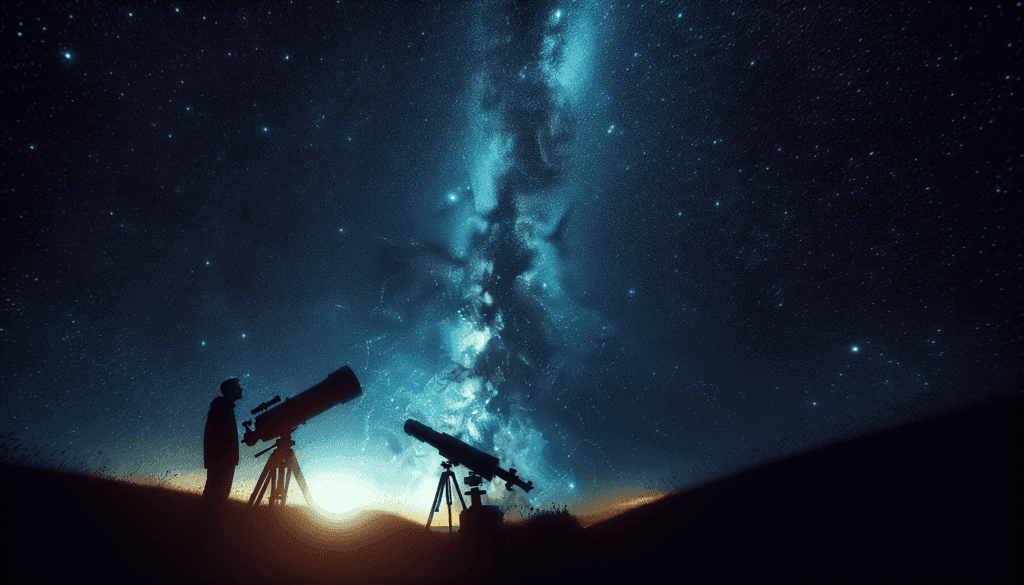Are you yearning to escape the urban glow and gaze upon a sky unfettered by light pollution? For stargazing enthusiasts, finding the ideal dark sky destination is akin to discovering a hidden treasure trove of celestial wonders. From twinkling constellations to ethereal meteor showers, these places offer a front-row seat to the universe’s grand display. In this guide, we will journey through some of the world’s best dark sky destinations, each offering unique opportunities for stargazing and astrophotography.

Table of Contents
Introduction to Dark Sky Destinations
Dark sky destinations are locations that offer minimal light pollution, providing optimal conditions for observing the night sky. These areas are usually remote, far from urban centers, allowing for clearer views of stars, planets, meteors, and other astronomical phenomena. For many, these destinations serve as sanctuaries where the hustle and bustle of daily life fade away, replaced by the serene canopy of the night sky.
The Importance of Dark Sky Preservation
Light pollution is a growing concern globally, with artificial lighting obscuring the stars and affecting wildlife and human health. Dark sky preservation efforts aim to protect these sanctuaries from light pollution, ensuring that future generations can continue to experience the wonder of the night sky. Many dark sky locations are designated as International Dark Sky Places (IDSP), signifying their dedication to maintaining natural darkness.
Historical Perspectives
Astronomy has captivated humans for millennia, with cultures throughout history using the stars for navigation, agriculture, and storytelling. Ancient civilizations like the Egyptians, Greeks, and Mayans built monumental structures aligned with celestial bodies, illustrating the profound significance of the stars in human history. Today, the quest for dark skies continues this age-old fascination, combining modern technology with ancestral stargazing practices.
The Role of Astronomy in Ancient Cultures
In ancient societies, the stars were more than just points of light in the sky; they were guides, gods, and calendars. The study of the heavens, known as astronomy, has played a pivotal role in developing scientific thought and understanding. Structures such as Stonehenge and the Pyramids of Giza are testaments to the advanced astronomical knowledge of ancient cultures, designed to capture specific celestial events with remarkable precision.

Recognizing Ideal Dark Sky Locations
Identifying the perfect dark sky location involves several factors, including geographic isolation, altitude, and climate. Sites often situated in deserts, mountains, or rural areas far removed from the intrusive glow of city lights. These locations offer not only darkness but also clear skies and favorable weather conditions for optimal stargazing experiences.
Characteristics of Top Dark Sky Destinations
- Minimal Light Pollution: Areas with reduced artificial lighting to prevent interference with celestial viewing.
- High Altitude: Elevated regions provide clearer views of the sky due to thinner atmospheric layers.
- Favorable Climate: Locations with low humidity and frequent clear skies enhance visibility.
- Accessibility: While isolation is key, accessible infrastructure ensures a comfortable viewing experience.
Top Dark Sky Parks and Reserves
Dark sky parks and reserves set the gold standard for stargazing locales, offering unparalleled views and maintaining strict light pollution controls. Here are some top destinations that should be on every stargazer’s bucket list:
North America
Big Bend National Park, Texas, USA
Situated in a remote corner of southwest Texas, Big Bend National Park boasts some of the darkest skies in the continental United States. Visitors can experience breathtaking views of the Milky Way stretching across the vast Texan sky.
Jasper National Park, Alberta, Canada
Renowned for expansive wilderness and rugged beauty, Jasper National Park in Alberta is a designated Dark Sky Preserve offering excellent facilities for amateur astronomers. The park hosts annual dark sky festivals attracting enthusiasts worldwide.
Europe
The Brecon Beacons National Park, Wales, UK
The Brecon Beacons National Park is an idyllic stargazing destination certified as an International Dark Sky Reserve. The park’s rolling hills and expansive landscapes offer serene settings for night sky observations.
Aoraki Mackenzie International Dark Sky Reserve, New Zealand
Located in New Zealand’s South Island, this reserve covers the popular Mount Cook and Lake Tekapo regions. Its crystal-clear skies and jaw-dropping landscapes make it a must-visit for astro-tourists.

Preparing for a Stargazing Trip
Proper preparation can significantly enhance the stargazing experience. From equipment to timing, understanding how to plan a trip is crucial for optimizing the celestial show awaiting you.
Essential Gear for Stargazers
- Telescope or Binoculars: While some celestial objects are visible to the naked eye, telescopes and binoculars reveal greater details and closer views.
- Star Maps or Apps: Utilize star maps or digital apps to identify constellations and explore various night sky phenomena.
- Warm Clothing: Many dark sky locations experience cooler temperatures at night, requiring warm attire to stay comfortable.
- Red Light Headlamps: These help preserve night vision while allowing you to navigate your surroundings safely.
Optimal Timing for Stargazing
Optimal stargazing often depends on the lunar cycle, with new moon phases providing the darkest nights. It is also essential to consider the timing of celestial events such as meteor showers, eclipses, or planetary alignments, as these present extraordinary viewing opportunities.
Case Studies of Dark Sky Success
Successful dark sky destinations often involve community collaboration to achieve and maintain their status. Here are examples of regions that have effectively prioritized night sky conservation:
Acadia National Park, Maine, USA
Acadia National Park’s commitment to preserving its naturally dark skies has earned it recognition as a stellar destination for astronomers and tourists. The park organized educational programs and events encouraging sustainable lighting practices within the community.
La Palma, Canary Islands, Spain
La Palma’s dedication to maintaining dark skies has made it a premier destination for professional astronomers and enthusiasts alike. Its strategic location, coupled with strong regional policies, has made it one of the best places in the world for observing the stars.

Problem-solving Strategies for Effective Stargazing
Even in the darkest locations, some common challenges can hinder stargazing experiences. Here are some strategies to overcome these obstacles:
Managing Weather Conditions
Weather is a significant factor in stargazing. Monitoring weather forecasts and having flexible plans are essential. If conditions are unfavorable, joining local astronomy groups or planetarium shows can provide alternative educational experiences.
Handling Equipment Challenges
Properly maintaining and transporting equipment is vital for a successful trip. Familiarizing yourself with your gear beforehand ensures quick assembly under dark conditions. Pack essentials like a portable power source and extra batteries for uninterrupted viewing.
Technological Advancements in Stargazing
As technology advances, stargazers are equipped with increasingly sophisticated tools to enhance their experiences. The latest gadgets offer new ways to explore the universe with precision and ease.
Smart Telescopes and Cameras
Modern smart telescopes provide automated tracking and smartphone integration, simplifying the navigation of the night sky. Upgraded cameras with enhanced light sensitivity are capturing detailed images of distant galaxies and nebulas.
Astro-Apps and Software
Numerous applications and software are available that help amateur astronomers explore the night sky with ease. These apps offer features like augmented reality star charts and real-time event notifications, catering to users of all skill levels.

Community Engagement and Education
Public outreach and educational programs are central to sustaining interest in dark sky preservation. By engaging the community in activities like stargazing workshops, local observatories, and environmental conservation campaigns, awareness towards protecting our night skies is elevated.
The Role of Schools and Institutions
Schools and educational institutions play a pivotal role by integrating astronomy into their curricula. Encouraging students to participate in science projects or astronomy clubs can ignite a lifelong interest in the stars. Collaborations with local observatories also provide practical stargazing experiences.
Encouraging Citizen Science
Citizen science projects provide valuable data for the astronomical community, where amateur astronomers contribute observations of celestial events. Participating in initiatives like globeatnight.org, which tracks light pollution, helps preserve dark sky areas.
The Environmental Impact of Stargazing Tourism
Stargazing tourism can significantly impact local economies and environments. Responsible tourism ensures that economic benefits are balanced with ecological preservation.
Promoting Sustainable Tourism Practices
Encouraging sustainable practices such as eco-friendly accommodations, minimal waste generation, and respectful behavior towards wildlife and natural surroundings contributes to preserving the pristine conditions required for dark sky destinations.
Balancing Tourism and Preservation
Developing comprehensive management plans that include both tourism development and night sky protection ensures destinations remain conservation-conscious. Collaborative efforts between government bodies, environmental organizations, and local communities are vital for sustainable outcomes.
Conclusion: Embrace the Night
In a world increasingly dominated by artificial illumination, the pursuit of darkness has never been more critical. Dark sky destinations offer a gateway to celestial wonder, teaching us to appreciate the night while fostering a sense of awe and responsibility. By embracing these sanctuaries, stargazing enthusiasts can ensure that our skies remain a nocturnal marvel for generations to come. Reach out and share your stargazing stories or challenges, as every tale contributes to our shared cosmic journey. Additionally, explore related guides to deepen your astronomical adventures, providing countless opportunities to look upward and marvel at the universe’s grandeur.
